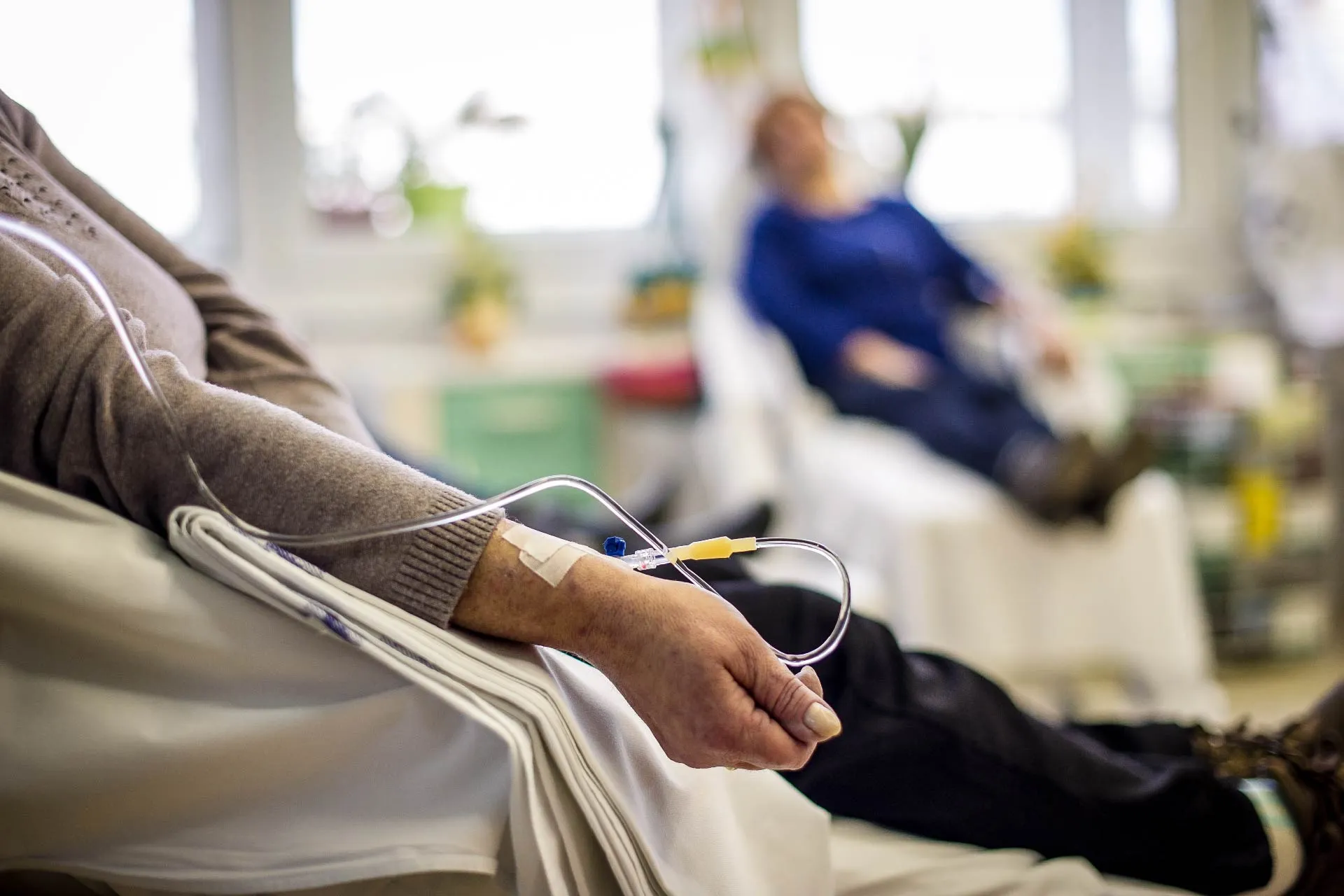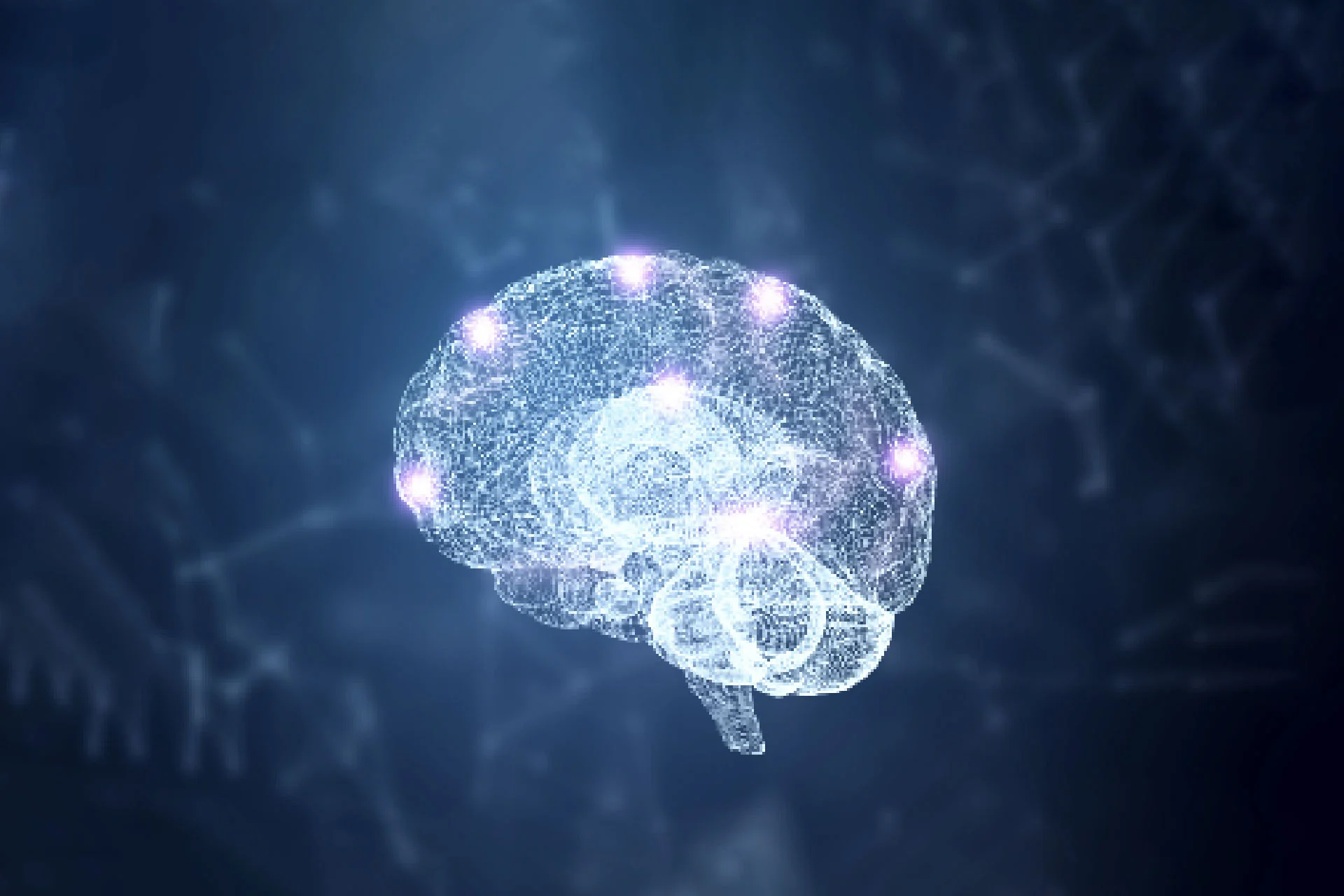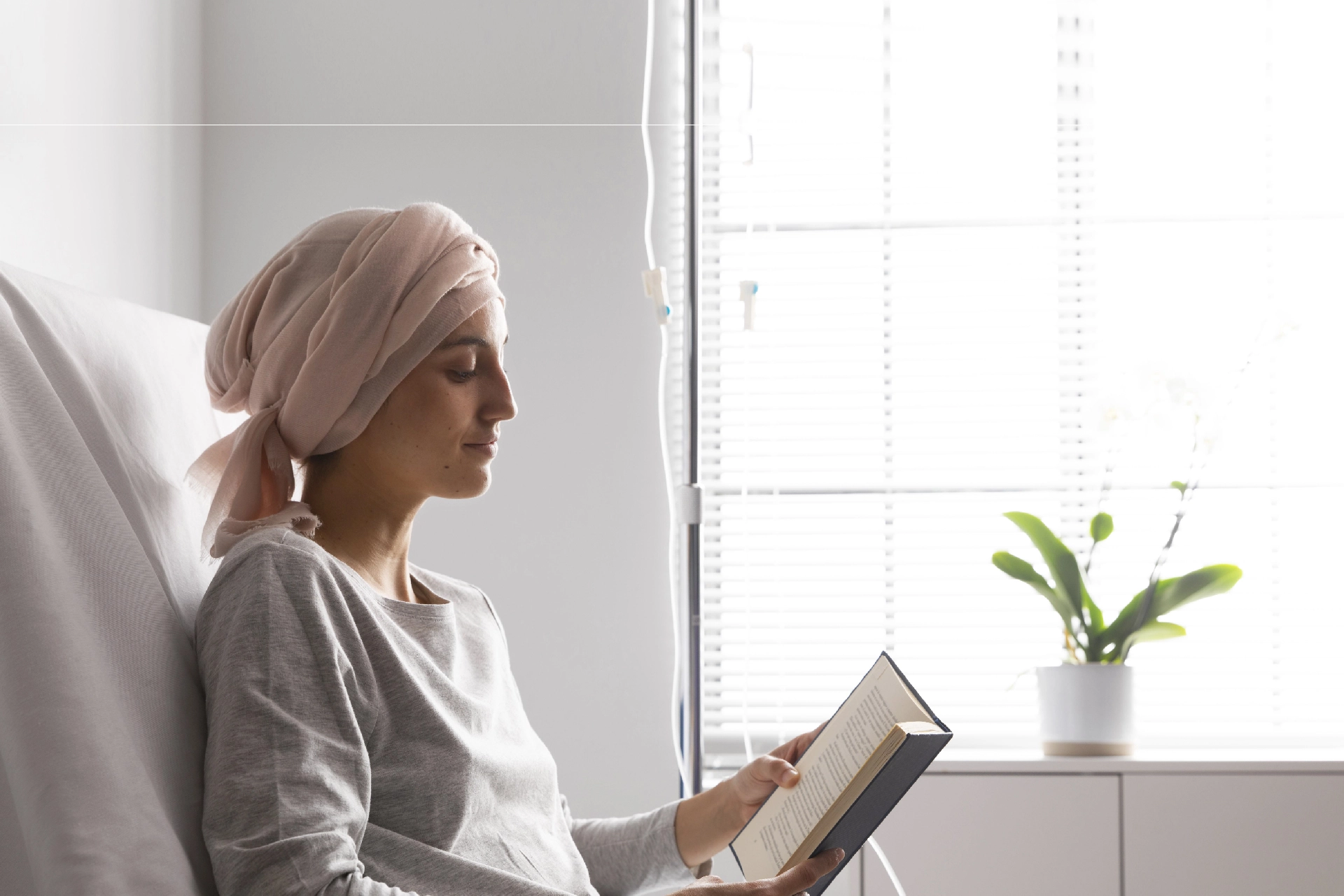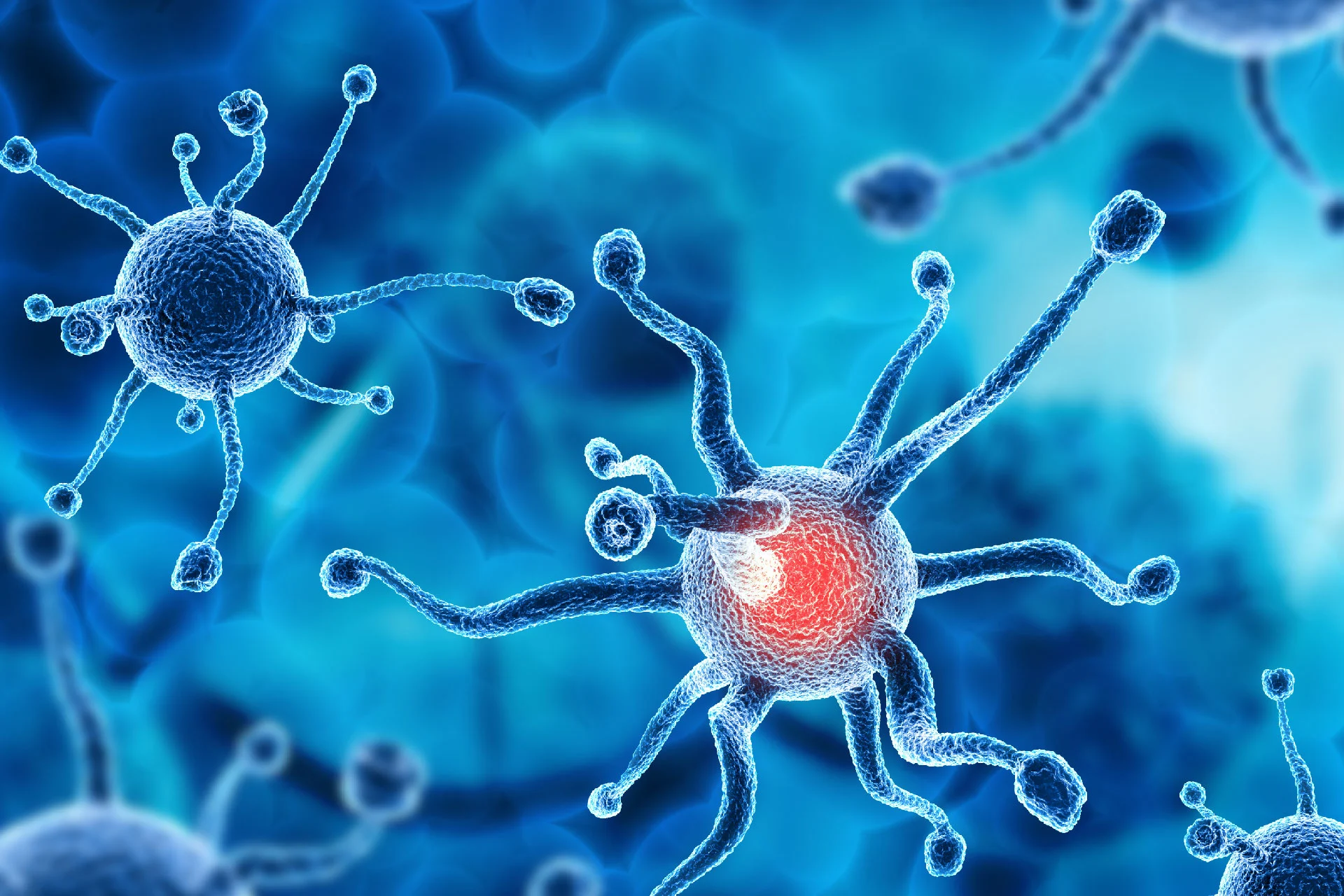Cancer | 8 min read
Chemotherapy: Means, Side Effects, and Treatment
Medically reviewed by
Table of Content
Synopsis
Chemotherapy is a method of cancer treatment. It's one of many cancer treatments that use chemicals to treat different types of cancer and is also known as "chemo." This blog provides information on chemotherapy, its types, process, side effects, and more.
Key Takeaways
- Chemotherapy aims to kill the rapidly multiplying cells that a person's body creates when diagnosed with cancer
- Chemo can also be used in bone marrow transplantations and immune-related diseases
- Chemotherapy, though necessary, leads to certain complications
What is Chemotherapy?
Chemotherapy is an aggressive type of chemical medicinal treatment designed to kill the body's rapidly proliferating cells. Since cancer cells grow and increase more quickly than other cells, it is typically used to treat cancer.
An oncologist is a medical professional who specialises in the treatment of cancer. They will develop your treatment plan.
In addition to other treatments, including surgery, radiation, or hormone therapy, chemotherapy is frequently employed. Combination therapy is used depending on the following
- The type of your cancer
- The stage of your cancer
- Your general health
- Previous cancer therapies you've undergone
- Where the cancer cells are present
- Individualised treatment preferences
It is regarded as a systemic treatment, implying that it impacts the entire body. Cancer cells can be effectively attacked by chemotherapy, but some major side effects can negatively affect your quality of life. When considering if chemotherapy is best for you, you should compare these side effects to the risk of going untreated.
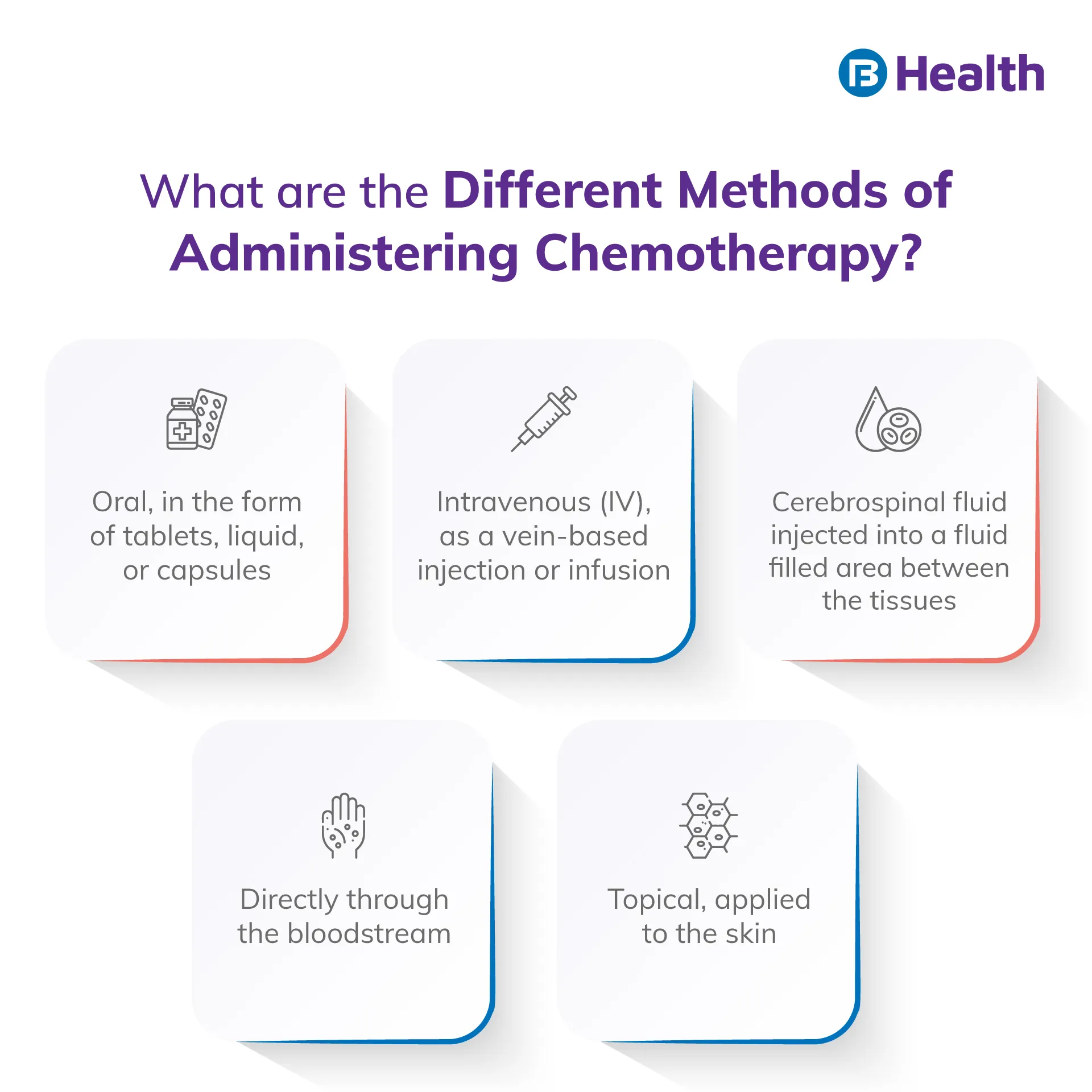
Chemotherapy Uses
Chemotherapy is used to eradicate cancerous cells in cancer patients. Chemotherapy can be administered to cancer patients in a variety of situations, including:
No additional therapy
It can be used as the main or only form of cancer treatment
To treat hidden cancer cells
It eliminates cancer cells that are hidden after other therapies. For example, after previous treatments, such as surgery, chemotherapy can eliminate cancer cells that may still be present in the body. This is referred to as adjuvant therapy by doctors
Prepare your body for other treatments
It can reduce a tumour so that other therapies, such as radiation and surgery, are feasible. This is referred to as neoadjuvant therapy by doctors
To reduce symptoms and indications
It works by destroying some cancer cells, which may help relieve cancer signs and symptoms. Palliative chemotherapy is the term used by doctors. Palliative chemotherapy is what medical professionals refer to as
Chemotherapy For Illnesses Other Than Cancer
Some chemotherapy medications have shown promise in the treatment of other illnesses, including:
Bone marrow conditions
A bone marrow transplant, commonly referred to as a stem cell transplant, can treat conditions affecting the bone marrow and blood cells. Doctors often prepare patients for bone marrow transplants along with chemotherapy.Immune system problems
For some illnesses, like lupus and rheumatoid arthritis, lower chemotherapy dosages can help manage a hyperactive immune system.
Types of Chemotherapy
Alkylating agents:
These have an impact on the DNA and kill cells at various stages of the cell life cycle
Antimetabolites:
These imitate proteins that are essential for cell survival. So, instead of getting DNA and RNA, cells induct drugs. This potentially harms the duplicity of cancer cells and stops tumours from growing.
Alkaloids found in plants:
These prevent cell division and growth
Anti-tumour antibiotics:
These prevent cell division. They differ from the antibiotics that patients typically use to treat infections
Doctors often combine chemotherapy with a variety of pharmaceutical groups, including monoclonal antibodies, immunotherapy, and targeted medications. A physician will advise a patient on a viable alternative. For example, they might recommend combining chemotherapy with other treatments like surgery or radiation therapy.
Additional Read: Leukemia Causes and SymptomsSide Effects of Chemotherapy
Depending on the type and degree of the treatment, chemotherapy side effects range from minor to severe. On the other hand, some folks might encounter minimal or no negative effects.
Numerous negative outcomes may occur, including: [1]
Vomiting and nausea
The usual adverse effects include nausea and vomiting. Doctors may recommend anti emetic medications to aid with the symptoms. According to a 2016 study, ginger contains bio active substances called gingerols and shogaols that have numerous advantages for chemotherapy patients receiving treatment. [2]
Tiredness
One of the most common chemotherapy side effects is fatigue. This may be present most of the time or only after a particular activity. A person can talk to their doctor about the ideal activity-to-rest ratio for them in order to lessen weariness. In many situations, it is preferable to avoid total rest unless a doctor explicitly advises it. Keeping up a level of physical exercise may help with symptoms and make it possible for a person to function as normally as possible.
Hearing difficulty
Some chemotherapy treatments can have an adverse effect on the neurological system, which may result in the following:
- Hearing loss that is either temporary or permanent
- Balance issues
- Tinnitus, or ringing in the ears
Any changes in the hearing should be reported to the doctor.
Bleeding complications
One's platelet count may decline as a result of chemotherapy. This is because the blood will no longer clot as efficiently.
The individual may go through the following
- Simple bruising
- Excessive bleeding from minor cuts
- Frequent gum bleeding or nosebleeds
Individuals can require a blood transfusion if their platelet count is too low. In addition, people should exercise extra caution when performing tasks like cooking, gardening, or shaving to lower their chance of injury.
Mucositis
Any area of the digestive system, from the mouth to the anus, can be affected by mucositis or inflammation of the mucous membrane. The mouth is impacted by oral mucositis. Depending on the chemotherapy dose, symptoms can change. While some people suffer a burning pain in their mouth or on their lips, it can make it unpleasant to eat or speak. A person may have an infection or be at risk of getting one if bleeding occurs. After commencing treatment, it frequently shows up 7 to 10 days later and usually goes away a few weeks later. To treat or prevent it, a doctor could recommend medication.
Additional Read: World Lung Cancer Day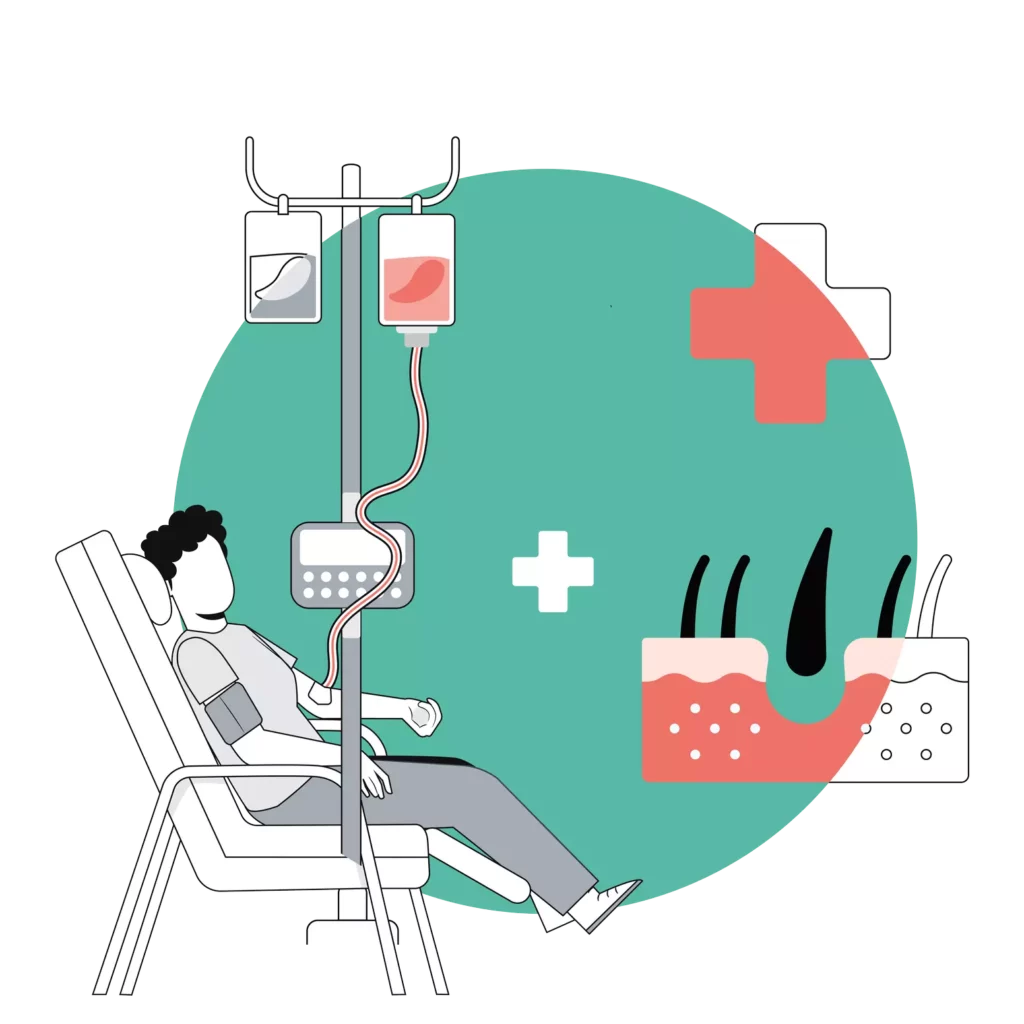
Process Comprise of Chemotherapy
Depending on your situation, there are numerous different ways to administer chemotherapy.Selecting a course of treatment
A group of experts will take care of you if you are given a cancer diagnosis. Chemotherapy may be suggested by your care team if they believe it to be the best course of action for you, but the choice is ultimately yours. This choice can be challenging. Make a list of inquiries you'd want your care team to solve.
For instance, you might want to learn the following
- What the purpose of treatment is, such as whether it's intended to treat your symptoms, cure your cancer, or improve the efficacy of other treatments
- Any potential adverse effects and what may be done to prevent or treat them
- How likely is chemotherapy to be successful
- Whether alternative treatments could be used
Tests and checks
You will have tests to determine whether chemotherapy is appropriate for you and to assess your general health before chemotherapy begins.
The tests you'll take could consist of the following:
- Measures of your height and weight to help your team determine the appropriate dose
- Blood tests to determine things like how well your liver and kidneys are performing and how many blood cells you have
- X-Ray scans to determine the cancer size
You'll also take tests to check on your progress while undergoing therapy.
Additional Read: What is Ovarian CancerHow Is The Treatment Administered?
Intravenous chemotherapy
It is typically administered straight into a vein. It is known as intravenous chemotherapy. Typically, a bag of fluid with medication is slowly injected into one of your veins via a tube.
This can be achieved by using the following
- A cannula - A tiny tube that is inserted for a brief period of time into a vein in the back of your hand or lower arm
- A central catheter line implanted peripherally (PICC) - A brief tube that is put into a vein in your arm and typically remains there for a few weeks or months
- A central line - Similar to a PICC, but put into your chest and attached to one of the veins near your heart
- An implanted port - A tiny device installed beneath your skin and left there until your treatment course is completed; medicine is administered by a needle inserted into the device through the skin
It can take several hours to many days to receive intravenous chemotherapy treatment. Typically, you have the therapy at a hospital and then leave to return home.
Chemotherapy Tablets
Chemotherapy is occasionally administered as pills. It's called oral chemotherapy. You can take the medication at home, but you'll need to visit the hospital to pick up the tablets and get checked out at the beginning of each treatment session. Make sure you adhere to the guidance provided by your care team. Taking too much or not enough drugs could be harmful and less effective. If you have any side effects from your medication, such as forgetting to take a tablet or becoming ill soon after taking one, get in touch with your care team.
Additional Chemotherapeutic Options
- Subcutaneous chemotherapy refers to injections under the skin
- Intramuscular chemotherapy refers to injections into muscles
- Intrathecal chemotherapy refers to injections into the spine
- A skin cream
Results of Chemotherapy
Throughout your chemotherapy treatment, you will frequently see an oncologist who treats cancer. Your oncologist will inquire about any chemo side effects you may be feeling, as many of them are manageable. Depending on your circumstances, you might also go through scans and other tests to keep an eye on your cancer while receiving chemotherapy. Your treatment may be modified because of these tests, which can offer your doctor information about how your cancer reacts to therapy.
For further details on chemotherapy, get in touch with Bajaj Finserv Health to speak with a cancer specialist. Additionally, you may arrange an online appointment from the comfort of your home to get an oncologist consultation on chemotherapy uses and other issues so that you can go forward with living a healthy life.
References
- https://www.cancer.org/treatment/treatments-and-side-effects/physical-side-effects.html
- https://www.ncbi.nlm.nih.gov/pmc/articles/PMC4818021/
Disclaimer
Please note that this article is solely meant for informational purposes and Bajaj Finserv Health Limited (“BFHL”) does not shoulder any responsibility of the views/advice/information expressed/given by the writer/reviewer/originator. This article should not be considered as a substitute for any medical advice, diagnosis or treatment. Always consult with your trusted physician/qualified healthcare professional to evaluate your medical condition. The above article has been reviewed by a qualified doctor and BFHL is not responsible for any damages for any information or services provided by any third party.
